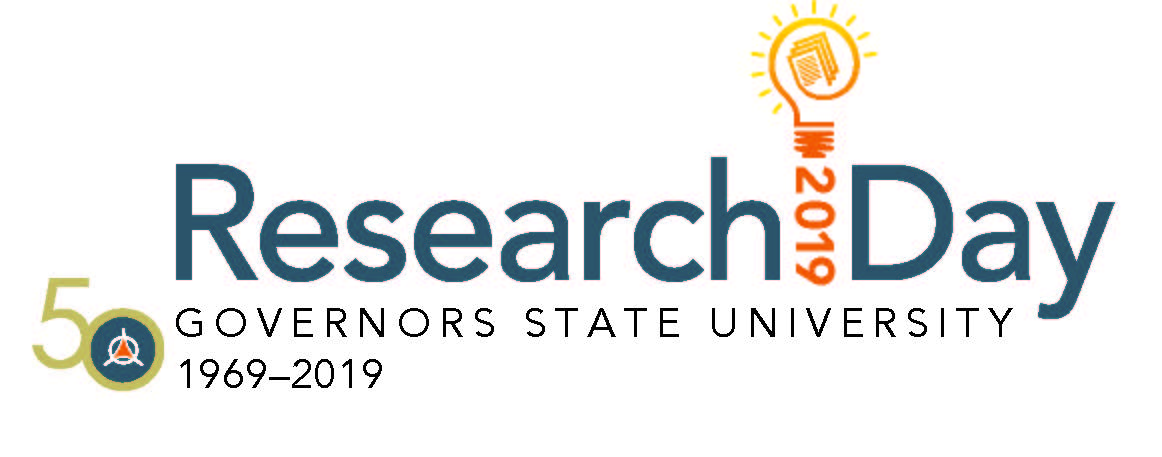
Why Aren’t My Students Reading: Faculty & Student Research Unveiling the Hidden Curriculum of Course Material Usage
Type of Presentation
Panel
Location
D1496
Start Date
4-12-2019 10:10 AM
End Date
4-12-2019 11:10 AM
Abstract
This project follows a faculty working group as they attempt to understand barriers to access to course materials through the scholarship of teaching and learning (SoTL). Through the workgroup’s research and collaboration with students in a problem-based learning course, the workgroup uncovered elements of the hidden curriculum in assumptions regarding course material procurement. This essay argues that understandings of the importance of course materials and the utilization of course materials for all aspects of the course are often hidden pedagogy and must be made explicit by each instructor. Further, instructors must be prepared to make decisions on the cost and quality of course materials while weighing the probability of student purchasing behaviors. Implications for future student collaboration in SoTL are discussed.
Why Aren’t My Students Reading: Faculty & Student Research Unveiling the Hidden Curriculum of Course Material Usage
D1496
This project follows a faculty working group as they attempt to understand barriers to access to course materials through the scholarship of teaching and learning (SoTL). Through the workgroup’s research and collaboration with students in a problem-based learning course, the workgroup uncovered elements of the hidden curriculum in assumptions regarding course material procurement. This essay argues that understandings of the importance of course materials and the utilization of course materials for all aspects of the course are often hidden pedagogy and must be made explicit by each instructor. Further, instructors must be prepared to make decisions on the cost and quality of course materials while weighing the probability of student purchasing behaviors. Implications for future student collaboration in SoTL are discussed.
